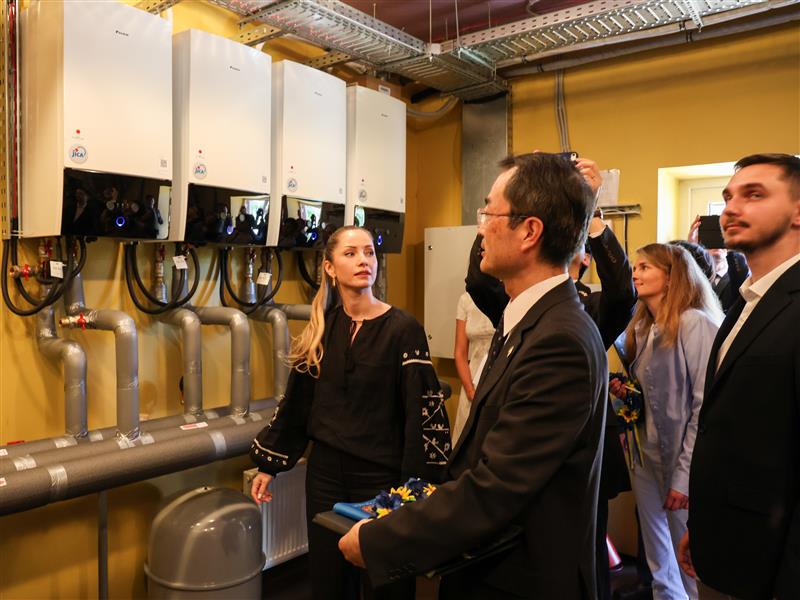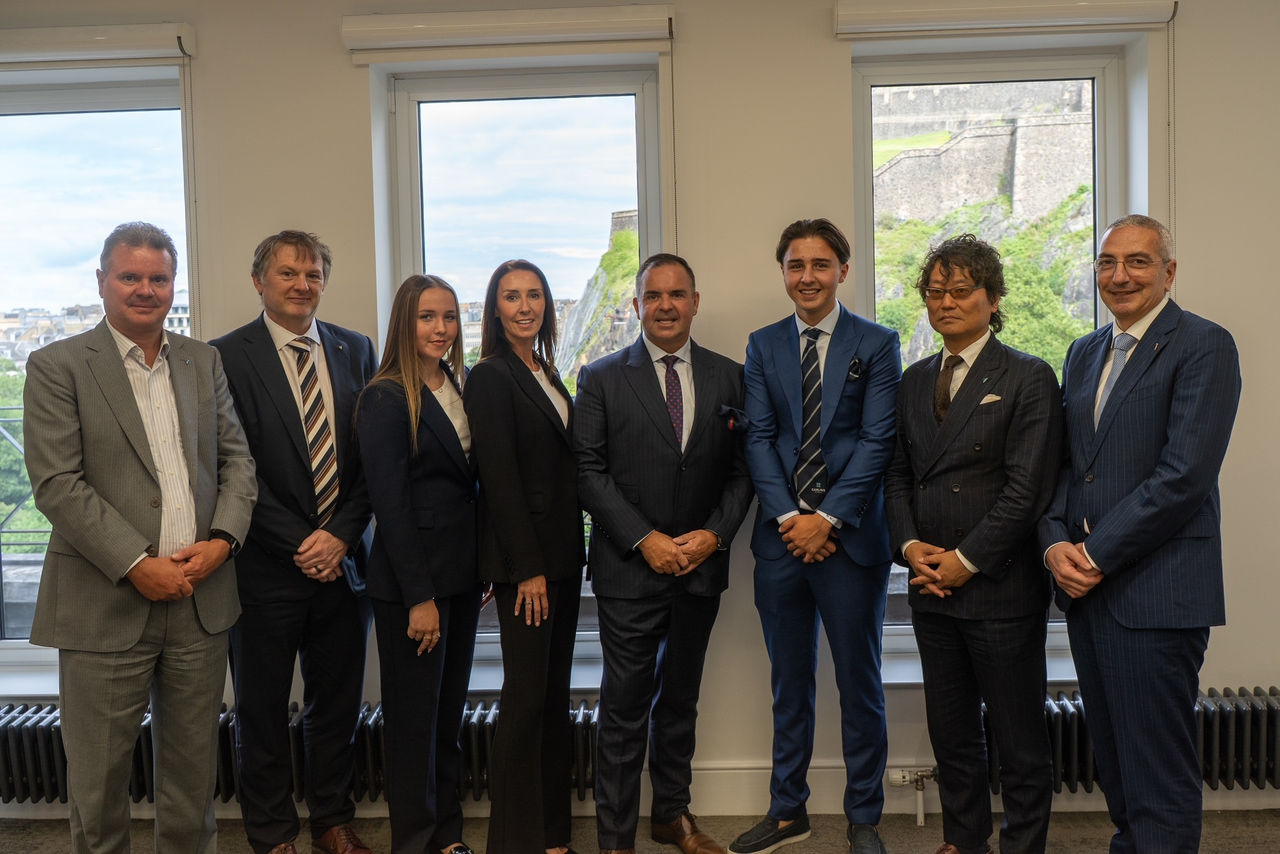
As part of its Environmental Vision 2050, the Daikin Group has the ambition to become carbon-neutral across all its activities by 2050. We spoke to Marin Eneman, our Environmental Sustainability Coordinator, about the work at hand for Daikin Europe.
Daikin wants to be a carbon-neutral company by 2050. What does this actually entail?

Marin Eneman: “With our Environmental Vision 2050 we aim to reduce greenhouse gas emissions to net-zero across the full value chain of our business. Important to understand is that we not only include our manufacturing and operations activities in our scope, but also the entire lifecycle of our products once they are running on the customer site until they eventually arrive at their end-of-life.”
“This is a huge undertaking, because strictly speaking the use of our products is beyond our control. However, we need to find a way to make this happen for future generations. It is also where our biggest impact lies. Just to give an idea: globally the production and distribution of Daikin products account for about 2% of our total CO2 emissions, 90% is generated during the use phase, and another 9% of results from the end-of-life disposal of units.”
“Though 2050 seems a long way off, much work is to be done in the very near future. We are growing fast and at the same time, we need to cut our emissions. Our first two major targets are a 30% reduction in CO2 emissions by 2025 and a 50% reduction by 2030. These reductions are compared to the business as a usual scenario from the reference year 2019.”
“Our aim is to become a carbon-neutral company by 2050, reducing greenhouse gas emissions to net-zero in every aspect of our business – not just in our operations, but throughout the entire lifecycle of our products.” - Marin Eneman, Environmental Sustainability Coordinator at Daikin Europe.
Daikin Europe is a large company, present in over 120 countries. How do you go about measuring your environmental impact?
Marin Eneman: “It is indeed quite a challenge to get a clear insight into the impact of a company of our size. At the same time, we know the reliability of our data is crucial. The credibility of our accomplishments depends on them, so it is important to have correct and transparent information.”
“As the environmental vision on carbon-neutrality is a global Daikin Group vision, we need to provide accurate input to our mother company, which reports according to the TCFD framework. The data are audited on a global level by a third party, Bureau Veritas.”
“A lot of that reporting is currently done through the manual collection, but with support of corporate planning, a more automated reporting tool is under construction. Key Performance Indicators were established in every domain during the FUSION 25 process and we are now following up in detail on the progress and possible countermeasures.”
Which measures is Daikin Europe taking to reduce its environmental impact as a company?
“With a long manufacturing tradition, historically most structured schemes for environmental sustainability are already implemented in our factories and supply chain. The green procurement guidelines we have required, for example, that suppliers hold an ISO14001 certificate. Throughout our factories, you will find initiatives such as solar panels and LED lighting to reduce energy consumption. Our Ostend factory is connected to a district heat recovery network. All such initiatives are embedded in Daikin’s in-house Green Heart factory programme, which is meant for our factories to improve their environmental and social performance.”
“However, you will find that also our affiliated sales entities are launching sustainability initiatives. It is definitely a topic that colleagues across the group are passionate about.”

Tackling emissions from the product lifecycle will be key to achieving our 2050 vision. Which steps is Daikin taking in this domain?
“It’s impossible to take all factors into account of the societal context between today and 2050. Still, as things stand today, our main focus is to increase the ratio of energy-efficient, low-carbon and lower refrigerant-impact products in our sales targets. One KPI for example is to increase sales of inverter products in the chillers to 64% in Europe, and 45% in Middle East & Africa. In other product categories, the ratio for inverter units is already close to 100%.”
“Increasing sales of heat pumps is another crucial element in our strategy. Not only do they have a higher energy efficiency than most other heating solutions, in most cases, but they also replace gas boilers or other installations that work on fossil fuels. With every heat pump we install, we are contributing to de-carbonisation.”
“We are also already very active in developing solutions for the end-of-life phase of our products, especially on the responsible handling of refrigerants. This not only avoids the gases going to waste – or worse, ending up in the environment – it also reduces the need for producing virgin refrigerants.”
Find out more about Daikin’s vision for 2025 in our Activity Report 2021-22.



